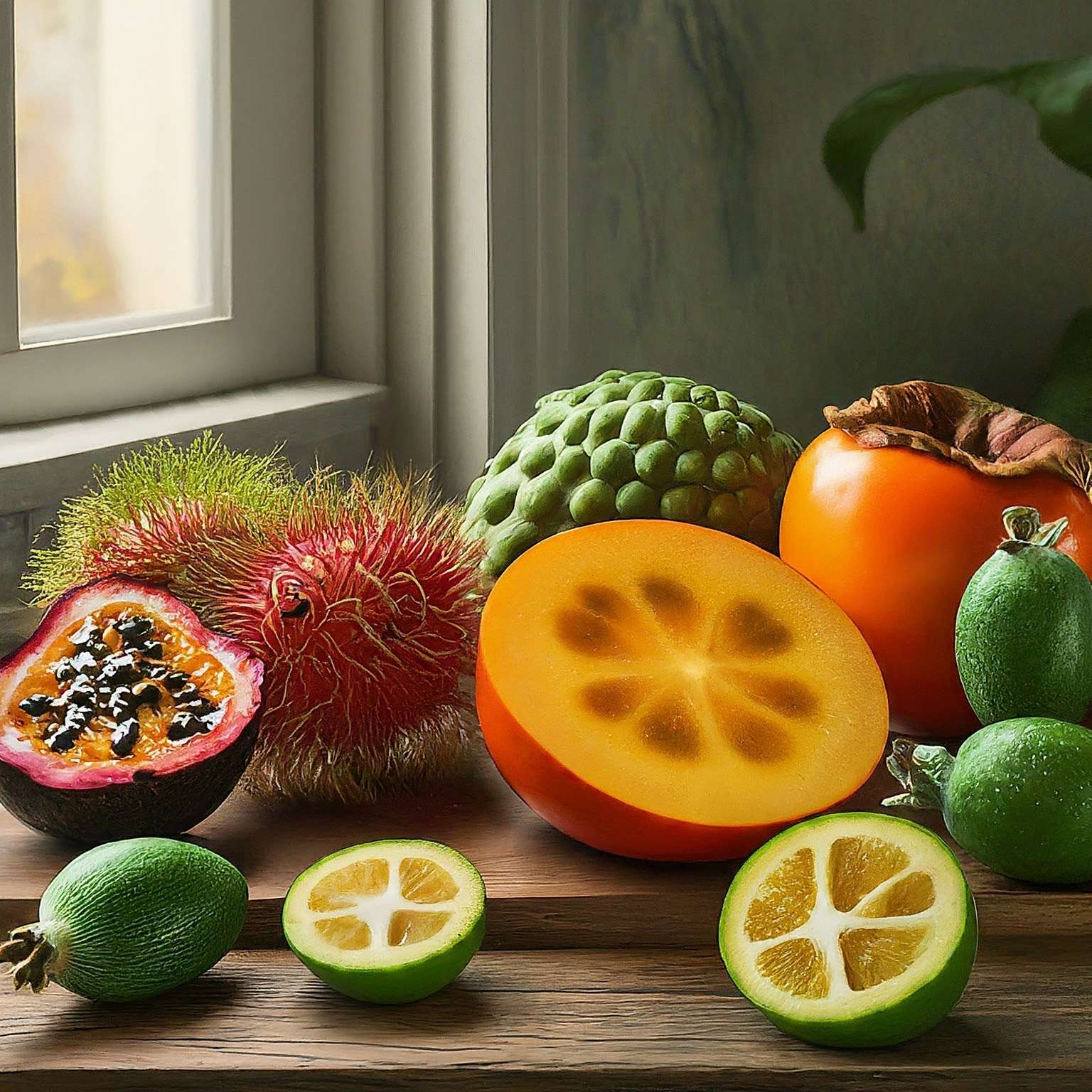Houseplants are a natural solution to improve the air quality in your home, replacing chemical air fresheners and expensive medicinal creams. These leafy wonders not only bring beauty to your space but also act as natural air purifiers, removing toxins and pollutants that can cause health issues like headaches and respiratory problems. With their healing properties and ability to soothe common ailments, houseplants offer a holistic approach to improving your health and well-being.





